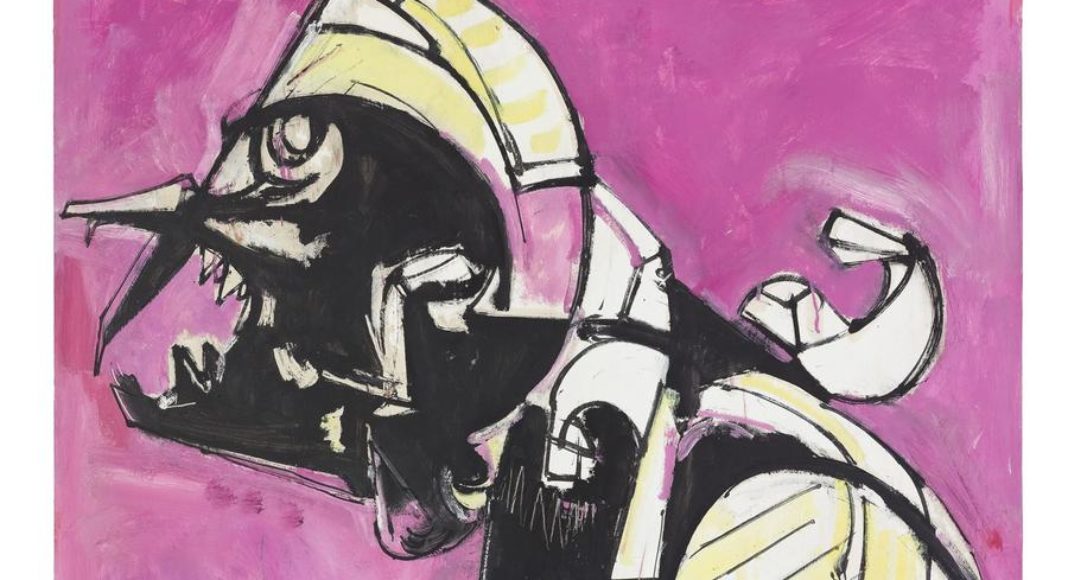Exhibitions & Art, Installation.
BASTIAN is pleased to present works from the German-born American artist Hans Hofmann (1880 - 1966), shown in the UK for the first time. Focusing on paintings produced at the end of the Second World War and immediately afterwards - a period which saw Hofmann's style develop into the abstract, in response to the challenges of the era - the exhibition pays homage to a pivotal time in the artist's career. Hofmann's angular abstractions, such as Fury No. 1 (1945), personify the insecurities of the period; but in parallel Hofmann also moved towards soft ambiguous forms and gesture which would become the hallmark of the Abstract Expressionist movement. Renowned as both an artist and teacher, Hofmann established his first art school in Munich in 1915. Built on the contemporary ideas regarding colour and form of Cezanne, the Cubists and Kandinsky, his work laid the foundations for his reputation as a forward-thinking artist. After relocating to the United States in 1932, he then opened schools in both New York and Provincetown, immersing himself within America's growing avantgarde art scene. His teaching had a significant influence on post-war American artists, including Helen Frankenthaler, Lee Krasner and Joan Mitchell - artists who would later lead the Abstract Expressionism movement. At BASTIAN, the works on show span from 1942 - 1946. Whilst demonstrating Hofmann's development towards abstraction, the paintings still reveal an identifiably representational quality which nod to his figurative beginnings; linear paintings such as The Virgin (1946) particularly emphasise this artistic trajectory. Primarily known for his expressive use of bold, often primary colours, the palette used in his paintings at BASTIAN consists predominantly of vivid, bright colours and contrasting dark tones, epitomising the conflicted post-war feeling. Hofmann's work during the 1940s also saw him garner the support of several key figures in the artistic scene, including the renowned gallerists and dealers Peggy Guggenheim, Betty Parsons, and Samuel M. Kootz. A particularly important moment in his career - aged 64 at the time - was his first solo exhibition in New York in 1944 at Peggy Guggenheim's gallery Art of This Century, considered 'a breakthrough in painterly versus geometric abstraction that heralded abstract expressionism' by the influential art critic Clement Greenberg.




